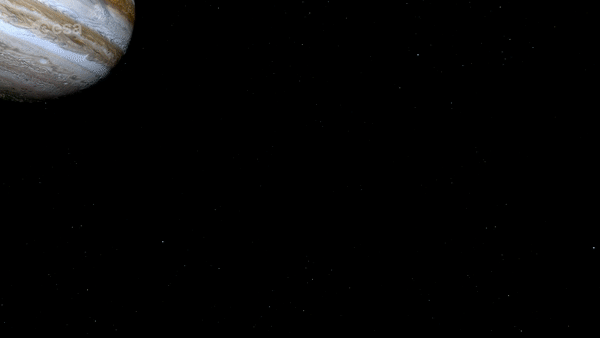
Arranging antennas
The spectral range of Juice instrumentation threw up additional challenges, ESA antenna engineer Luis Rolo recounts: “RIME, with its 16-m long antenna, makes use of 33-m wavelengths so long that they can interact with the entire spacecraft, so we found that the antenna performance changes based on the orientation of the solar arrays.
“We had to use a combination of software and physical models to validate the final configuration of the antenna relative to the arrays, selecting a dipole antenna set perpendicular to the solar arrays.”
The test that went into the cold
The SWI instrument went to the other extreme with a wavelength of 0.2 mm, utilising such high quasi-optical frequencies that it became apparent the low temperature prevailing at Jupiter would cause sufficient shifts in alignment to alter its performance.
Luis adds: “We needed to test it at as close as possible to operational conditions, which in the end demanded the creation of a dedicated facility called Low-temperature Near-field Terahertz Chamber, or Lorentz.”
Based at ESA’s ESTEC technical centre in the Netherlands, Lorentz is able to test high frequency radio frequency systems in sustained cryogenic vacuum conditions.
Antenna engineer Paul Moseley adds: “SWI has very sensitive optics, if it is not designed correctly changes in temperature could cause the instrument to become defocused. All the simulations performed predicted that the optics would be in focus once it is in the cold conditions of Jupiter – but given the eight years it will take to arrive, we had to try that for real in order to be sure it would work.”



